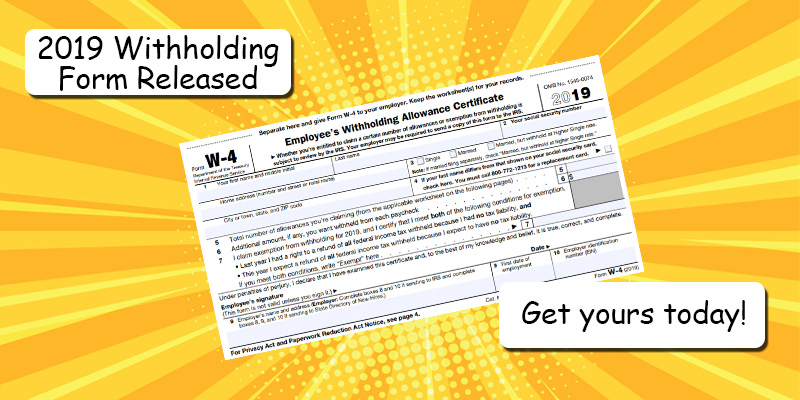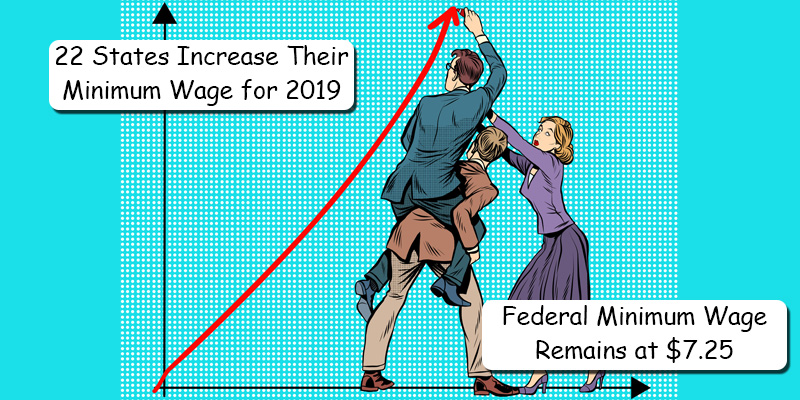If you have an employee who drives their personal vehicle for a work related matter, it is the norm to reimburse the employee for the business-related use. It is a straight forward calculation by taking into consideration how many miles the person drove and multiplying it by a rate. The IRS even publishes a standard mileage rate of .58 cents per mile (2019). But what if that employee uses their mobile personal device (aka cell phone) in a Bring Your Own Device (BYOD) workplace? As employers implement paperless, streamlined, and automated solutions to their work environment, we are finding that…
Posts published in “Payroll”
The time is here. As a followup to my July 26th, 2018 article, the Social Security Administration has started mailing those Employer Correction Request Notices (EDCOR) to employers who submitted their 2018 W-2 form containing employees names and Social Security Numbers that did not match the SSA’s records. A sample of the notice is provided here. Since this notice is being sent to an employer with just one error, this will affect a large amount of businesses that it may take them several months to send out all of the notices. If you do not see one right away, it…
Late last year, the Internet Crime Complaint Center (IC3), a division of the FBI released a public service announcement I-091818-PSA https://www.ic3.gov/media/2018/180918.aspx regarding the practice of payroll diversion by cyber-criminals. This announcement identified employees whose online self-service portal credentials were compromised, typically through a phishing attempt, and the criminal would change the direct deposit bank account of the employee to a loadable debit card in their possession. Unfortunately, once funds are sent to a debit card, the criminal can withdraw them without a trace. I am expanding that announcement to include another case of payroll diversion that we have seen. While…
Over the next few weeks, as your employees start to receive their 2018 W-2 form, they will most likely have questions as to what all those numbers mean. For example, it is not uncommon for a salaried employee who earns $50,000 per year question why their Box 1 Wages only reflects $45,000. The response is, ‘do you contribute to a pension plan or have pre-tax insurance, then if so those amounts reduce your “taxable” wage, which is what appears in Box 1’. To assist you with those questions, here is an explanation of what is in each box and what…
Whew! We dodged a bullet… at least for another year. If you are not familiar with what the 2019 W-4 form could have looked like, then keep an eye out for a future article where we will give it a thorough review as it is now postponed for 2020 by the U.S. Treasury. The new 2019 W-4 form has been published (including the Spanish W-4(SP) version) and not much is changed from the 2018 version. A Form W-4 remains in effect until the employee gives you a new one, so you do not need to obtain a new form each year. When…
While the Federal minimum wage remains at $7.25 per hour, 22 states and many cities/locals have set increases effective January 1st, 2018 with a few announcing a July 1st, 2019 increase, and New York with a December 31st, 2018 increase. A list of each state/local, along with the new hourly rate is listed below; All rates are effective January 1st, 2019 unless otherwise noted. Alaska: $9.89 an hour Arizona: $11.00 Flagstaff: $12.00 Arkasnsas: $9.25 California: $12.00 for businesses with 26 or more employees; $11.00 for businesses with 25 or fewer employees Alameda: $13.50 Belmont: $13.50 Cupertino: $15.00 El Cerrito: $15.00 Los Altos: $15.00 Los Angeles: (7/1/2019) $14.25 for businesses with 26 or more employees;…
As we get into the health insurance renewal season, there are some smaller, non-ACA mandated businesses (less than 50 FTEs) that may consider dropping their small group health plan all together. An average of 20-30% group rate hikes year after year do take a toll on the bottom line, so it would not be surprising. In lieu of carrying a group health plan, some employers may even decide to simply reimburse their employees a set amount for them to obtain individual coverage, or maybe even pay for the employees individual health insurance costs directly. Unfortunately, 2013 guidance from the IRS…
I have previously written about how to pay, when to pay, and even the method to pay employees, so now let’s look at what needs to be provided to an employee with their check (their pay stub). Similar to my last article about when a final check is due to a separated employee, there is no Federal law which means the power to dictate is in the hands of each state. This certainly can become confusing to a company who operates in multiple states, and the best practice here is to comply with the state that has the most requirements. We will…
With the exception of four states (Alabama, Florida, Georgia, and Mississippi), each state has specific laws regarding the issuance of a final paycheck to a separated employee. Many states differentiate whether the employee was separated voluntarily or involuntarily, and the timing ranges from “immediately” (yes, this means the same day the employee is terminated) to the next scheduled payday, so I have put together this table for quick and easy reference. Each state has penalties for violation of the final check rule, so be sure you know what is required. A state such as California will enforce the employer to…
There are tax credits and savings all around us, but if you do not know what to look for or have an experienced tax adviser, you may be missing out. One rarely known tax savings is the Successor employer rule. The regulations can be found under IRS Code 31.3121(a)(1)-1(b), and there is a single, small paragraph that makes mention of it in Publication 15 Employer’s Tax Guide, but I will give you the rundown here. If you have purchased or looking to purchase a business, then this is definitely one you do not want to overlook. Most employer taxes are…










